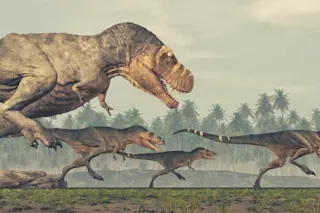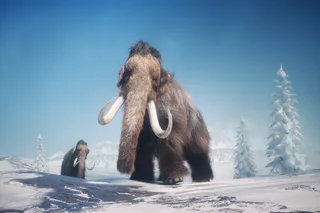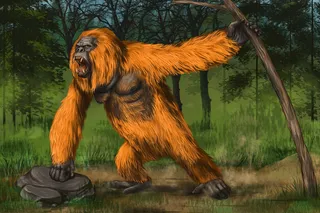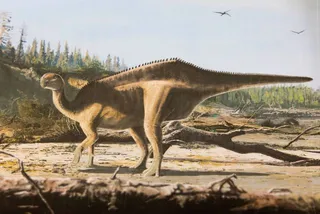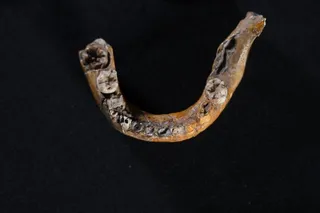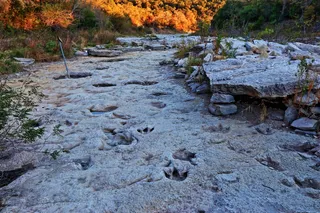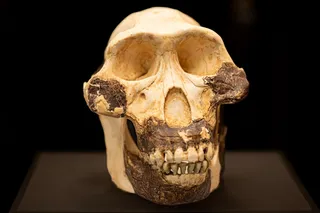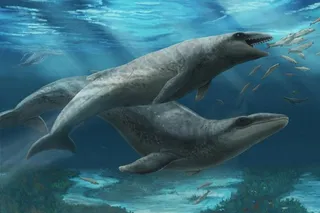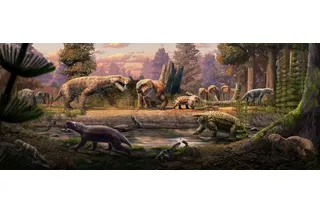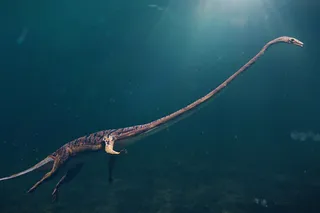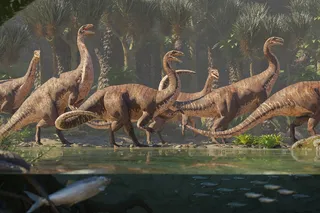Tyrannosaurus rex is one of the most famous predators to walk the Earth. Taller than a three-story building with a bite so strong it could crush cars; T. rex was one of the last surviving dinosaurs in the Upper Cretaceous period. The species is well known because it’s a fascinating creature and because paleontologists have found more T. rex specimens than most species of dinosaurs. But new research is shining a different light on this ferocious beast.
A research study published in the journal Evolutionary Biology found that T. rex may be three different species. According to researchers, T. rex exhibits a large degree of “proportional variations,” and therefore, it’s likely to be multiple species.
"Scientists have long noted that there’s a lot of variability within [T. rex], especially in the robustness of the skeleton and in the teeth," says study author Scott Persons, an assistant professor of paleontology at ...



